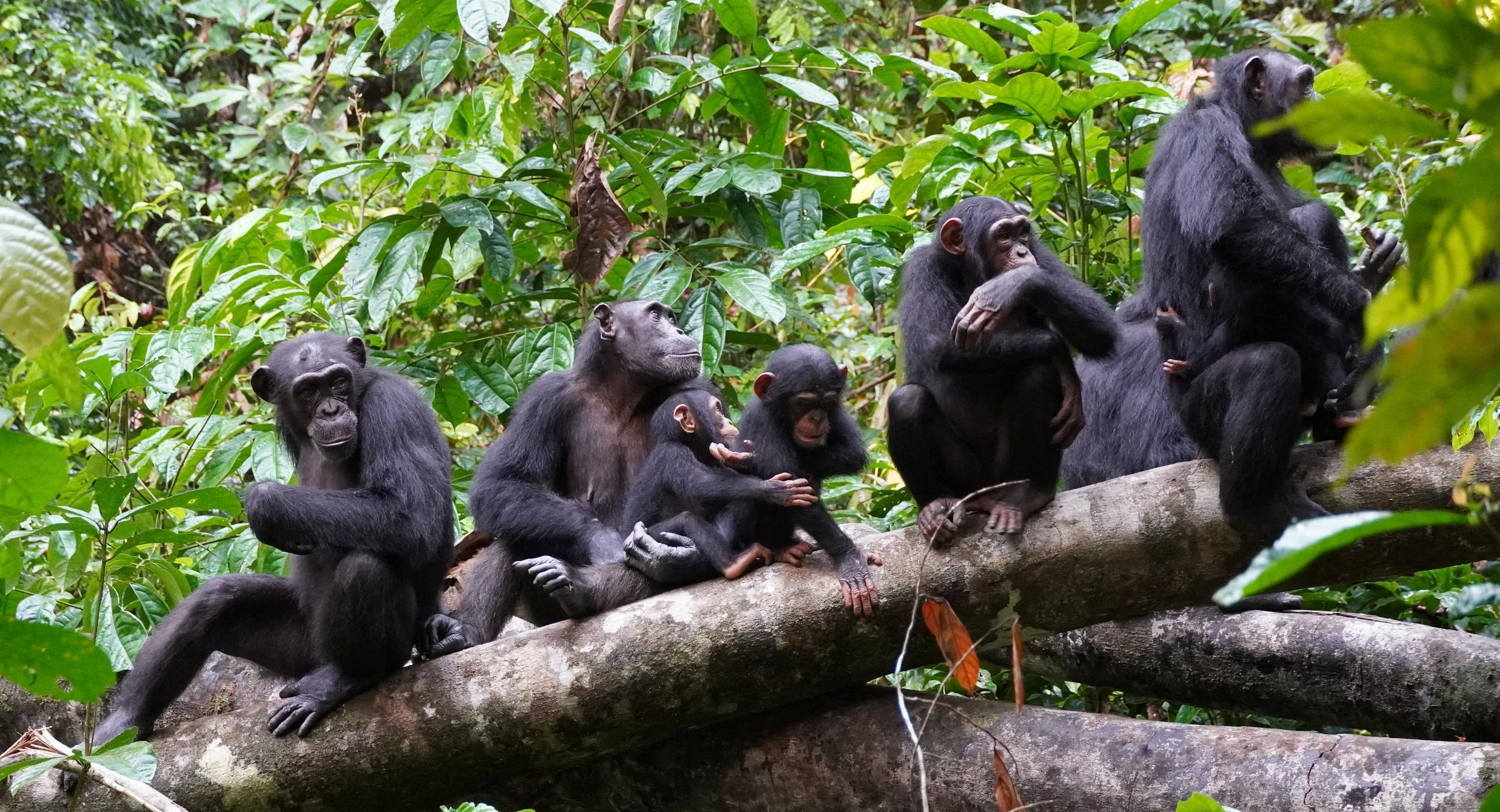Intelligent Nature: Understanding our Animal Neighbours
By Science and Environment Editor Leah Moynihan
For centuries, the western world has viewed animals as lesser than humans. They have been traded as commodities, believed to lack emotions or conscious thought. Rene Descartes believed that humans are distinctly separate from other animals because while humans have a soul, animals are accepted as mindless machines. Similarly, biologists organised species into hierarchies, with humans at the top, followed by the other primates. This pyramid then descends into mammals, birds, reptiles and finally, insects. We now know that animal intelligence cannot be organised so neatly. Since the 1960’s the meaning of intelligence in science has changed. Researchers now understand that intelligence is different for every species and that all organisms have some level of intellect. But today the concept of ‘intelligence’ is still hard to define, yet we can establish that it is not unique to humans.
The term intelligence is derived from the Latin word meaning ‘to comprehend’. Studies have shown that animals are conscious and have a deeper understanding of the world around them than we once believed. Many species can recognise themselves in a mirror, something a human infant cannot do until 18 months old. Elephants have been recorded remembering and returning to gravesites of family members. They have also been seen observing other elephants’ stages of decay, establishing that they may be conscious of their own mortality. Even bumblebees have been shown to demonstrate complex emotions, as a recent study revealed that they enjoy playing just for fun.
Similarly, passing on knowledge is a sign of intelligence however, learning between peers is rare in nature. This behaviour was recently thought to only be found in great apes and humans. Yet, dolphins in Australia have been documented teaching unrelated individuals how to use new tools. Whales and dolphins are also famous for their close social bonds and their unique ‘language’ within each pod. Another amazing example of this advanced cultural activity can be observed in chimpanzees who were filmed treating their wounds with insects.
However, high intelligence is not just unique to mammals as previously assumed. Crows and ravens can solve complex puzzles. Crocodiles recognise their keepers and do not show aggression to these specific individuals. Even brainless mould has recently been discovered making decisions by processing its surrounding environment. Furthermore, it is now widely acknowledged that molluscs are smarter than we could have ever comprehended. An octopus’ brain-to-body ratio is the largest of the invertebrates and they have as many neurons as dogs. They also possess a ‘mini brain’ in each of their eight arms, allowing individual arms to move, touch, and taste independently. All these factors allow them to undertake difficult tasks quickly. They even utilise tools and have been found carrying around jellyfish tentacles for protection.
The discovery of animal intelligence is recent and has only just begun. Thanks to AI we can now understand and track the movements of animals. Drones are allowing us to capture cutting edge footage of brand-new behaviours. Advanced cameras give us the opportunity to observe organisms undisturbed in their habitat. We are continuously perplexed by the cognitive complexity of the animal kingdom. However, the idea that animals feel empathy is new to science and society. As animal rights groups have found out, some people find this concept difficult to comprehend.
This should bring us even closer to the natural world. It should make us consider that animals have independent thoughts and feelings about the world around them just like us.
Our attitudes towards certain species may be linked to our personal and cultural biases. The organisms more closely related to us receive more compassion, while we treat less related species as if they are not even conscious. Many people may find animal intelligence alluring, while others find the idea uncomfortable. For some, believing that the animals that we consume as food have low intelligence helps lessen our guilt. However, many studies on the nervous system have proven that all vertebrates can feel pain similar to us. Additionally, many people may be shocked to learn that we may not be as smart as we think. Numerous studies have found that the seemingly complicated human logic that we use for problem solving may just be instincts. Yet this should not be alarming. This should bring us even closer to the natural world. It should make us consider that animals have independent thoughts and feelings about the world around them just like us. We must marvel at their complexity and acknowledge that there is still much that we do not know about their inner lives.


